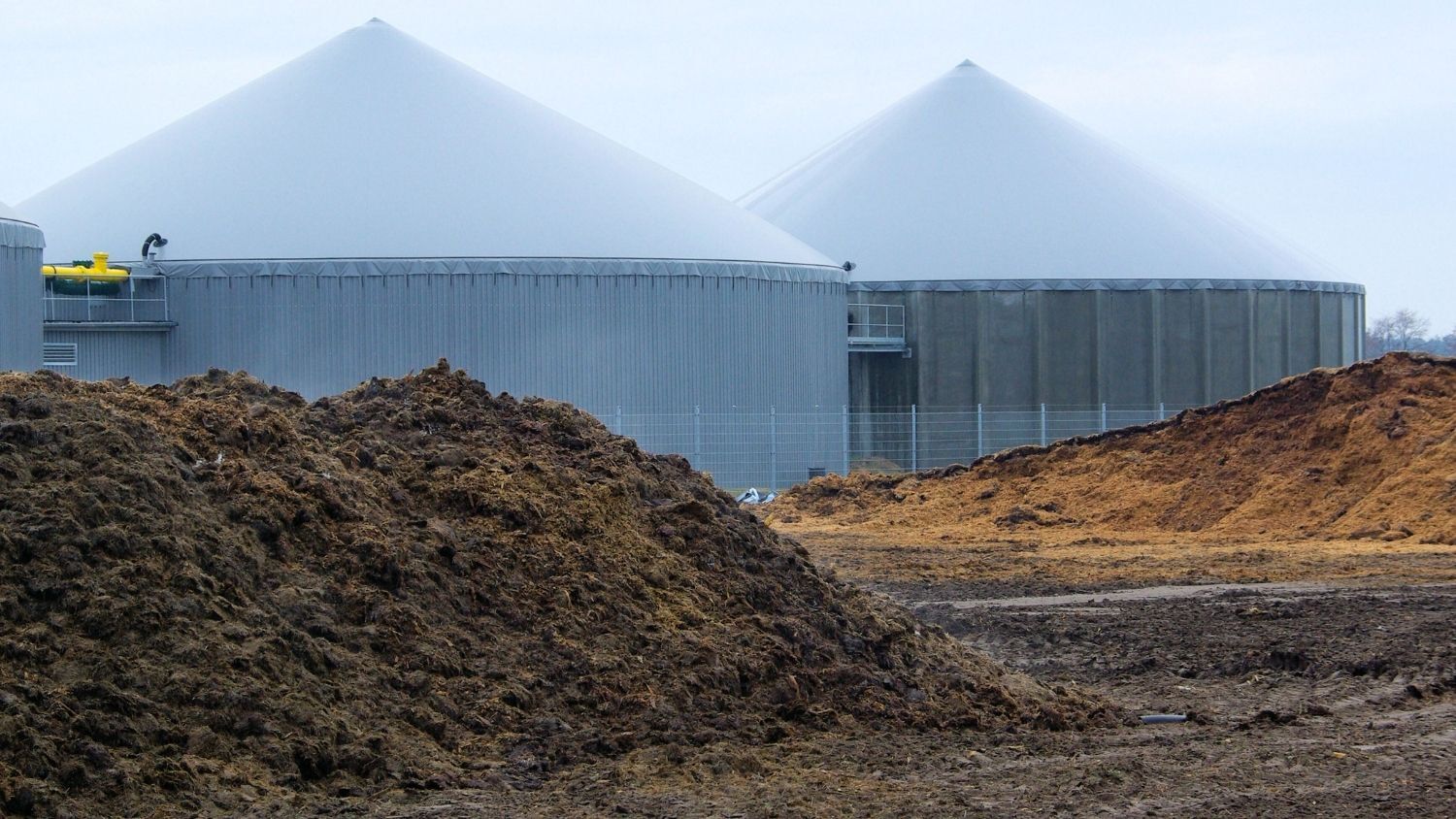We took a different perspective on metal-organic frameworks and put together an infografic about these materials. Enjoy!
Updated Version now online - 16.12.2019
Click on the infografic for a high-res version.
How did you like this infografic? Let us know below in the comments!
The research
First of three publications by A.F. Wells about molecular and polymeric frameworks, describing existing and theoretical structures in terms of networks:
Wells, A. F.(1977). Three-dimensional nets and polyhedra. (1978). Acta Cryst. B34, 2958 doi.org:10.1107/S0567740878009814
First description of porous coordination polymers by Richard Robson:
Hoskins, B. F., & Robson, R. (1989). Infinite polymeric frameworks consisting of three dimensionally linked rod-like segments. Journal of the American Chemical Society, 111(15), 5962–5964. doi:10.1021/ja00197a079
First publication by Omar Yaghi featuring 'metal-organic frameworks' in the title and thus coining the term:
OM Yaghi, H Li (1995). Hydrothermal synthesis of a metal-organic framework containing large rectangular channels. Journal of the American Chemical Society 117 (41), 10401-10402. doi:10.1021/ja00146a033
Publication by Omar Yaghi demonstrating permanent porosity of MOFs and start of wide research into this class of materials:
Li, H., Eddaoudi, M., O'Keeffe, M. et al. (1999). Design and synthesis of an exceptionally stable and highly porous metal-organic framework. Nature 402, 276–279. doi:10.1038/46248
The research on metal-organic frameworks has steadily increased in the period between 1995 and 2019. There are more than 456'000 search results related to the search term "metal-organic framework" on Google Scholar.
Top10 authors
The top 10 authors in the field of metal-organic frameworks are:
- Omar M. Yaghi
- Omar K. Farha
- Joseph T. Hupp
- Hong-Cai Zhou
- Michael O'Keeffe
- Banglin Chen
- Jeffrey R. Long
- Wenbin Lin
- Mohamed Eddaoudi
- Christian Serre
The data on publications on "metal-organic frameworks" and the top10-authors can be found at microsoft.academics.com.
Most cited publication
The publication by Kitagawa, Kitaura and Noro on 'Functional porous coordination polymers' has been cited 9'523 times (according to academics.microsoft.com), making it the most cited publication on metal-orrganic frameworks.
Omar Yaghi, the pioneer of MOFs, is not far off with 7'658 citations of his publication 'Reticular synthesis and the design of new materials' (2003).
Metal-organic frameworks are research on 7 continents, in more than 250 research institutes by more than 1000 researchers. These porous materials even haave two dedicated conferences per year: EuroMOF20XX and MOF20XX.
The Material
Metal-organic frameworks are made by combining metal ions with organic linkers (ligands). There are 86+ usable metals and more than a 1000 possible ligands. More than 5 different methods of synthesis are available.
More than 81'000 MOF-structures are documented in the Cambridge Structural Database. That's 330x the number of documented zeolite structures.
Crystallinity
Not all MOFs are created equally - amorphous MOFs miss the periodic order.
Multi-dimensional pores
MOFs feature 1-, 2-, or 3-dimensional pores, that can be used for a variety of applications.
Maximum number of metals
Up to 10 different metal ions have been synthesised into one MOF-74 structure (Mg, Ca, Sr, Ba, Mn, Fe, Co, Ni, Zn and Cd).
Material properties
The largest documented surface area in 1 gram of MOF was reported for DUT-60 with 7'839 m2. The absolute stability limits were calculated to be at 10'577 m2/g.
The largest pore size is documented for IRMOF-74 reaching 98 Angstrom.
Particles are up to 10'000nm large (NU-1003), the smallest are reported for HKUST-1 at 1.6 nm. ZIF-51 has the smallest average particle size at 41.6 nm.
MOFs have very specific properties:
- Adsorption
- Desorption
- Encapsulation
- Filtration
- Catalysis
- Luminescence
- Bio-mimetics
- Isolation
- Electroconducting
Industry applications
These can be used in various industrial applications such as
- Gas Adsorption
- Gas Purification
- Gas Storage
- Hydrogen Catalysis
- Biomedical Imaging and Sensing
- Semiconductors
- Drug Delivery Systems
- Carbon Capture
- Dehumidification
- Detection and Sensing
- Nerve Gas Degradation
- Water Treatment
- Air Filtration
- Shelf life management
- Fart-proof Underwear
- Bio-mimetic Mineralisation
- Toxic Gas Capture
- Desalinatiion
- Amelioration of Goods
- Contaminent Removal
+ many more opportunities.





.jpg)
